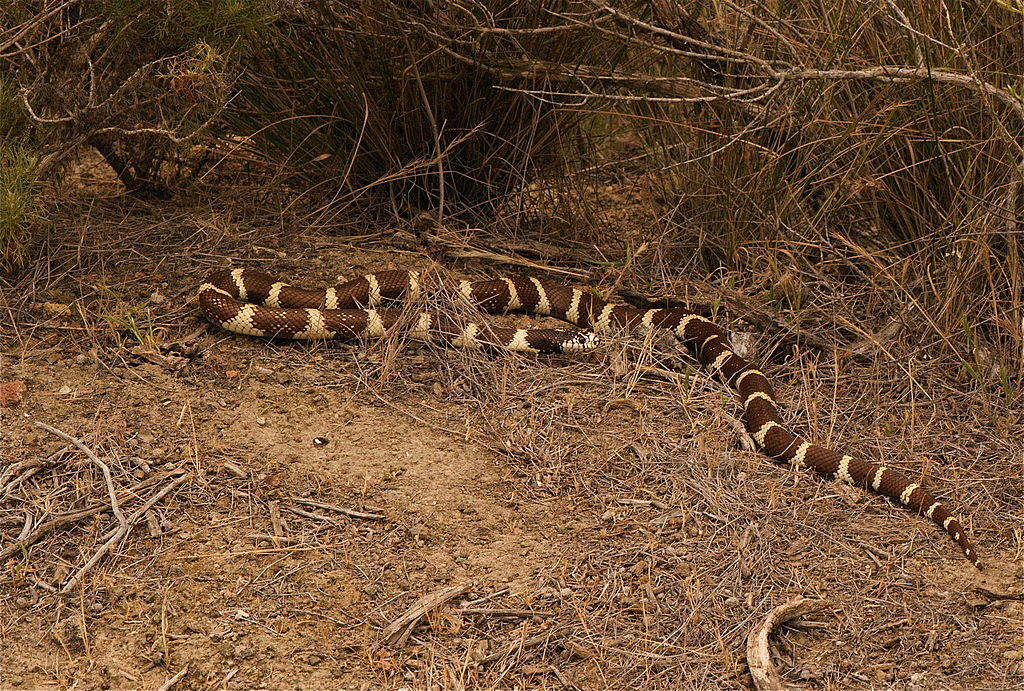The environments we create for captive snakes significantly impact their behavior, health, and overall well-being. When designing snake habitats, one of the fundamental choices is between glass enclosures and open-air setups. Each option creates distinctly different experiences for these sensitive reptiles, influencing everything from their stress levels to hunting behaviors. Understanding how snakes perceive and react to these different housing styles can help reptile enthusiasts provide more suitable environments for their slithering companions. This article explores the fascinating behavioral and physiological responses snakes exhibit when housed in glass versus open-air enclosures.
The Natural History of Snakes and Their Habitats

In the wild, snakes have evolved to thrive in incredibly diverse environments spanning from rainforests to deserts and everything in between. Most species don’t naturally encounter large transparent barriers like glass, making artificial enclosures a uniquely modern challenge for these ancient reptiles. Their sensory systems—which rely heavily on chemical cues, heat detection, and vibration sensitivity rather than visual information—have developed over millions of years to navigate natural landscapes with physical boundaries like rocks, soil, and vegetation. This evolutionary background creates the foundation for understanding why snakes respond differently to various enclosure types. When we place these animals in captivity, we’re essentially asking them to adapt to conditions that may conflict with their instinctual understanding of spatial boundaries.
The Glass Barrier Phenomenon
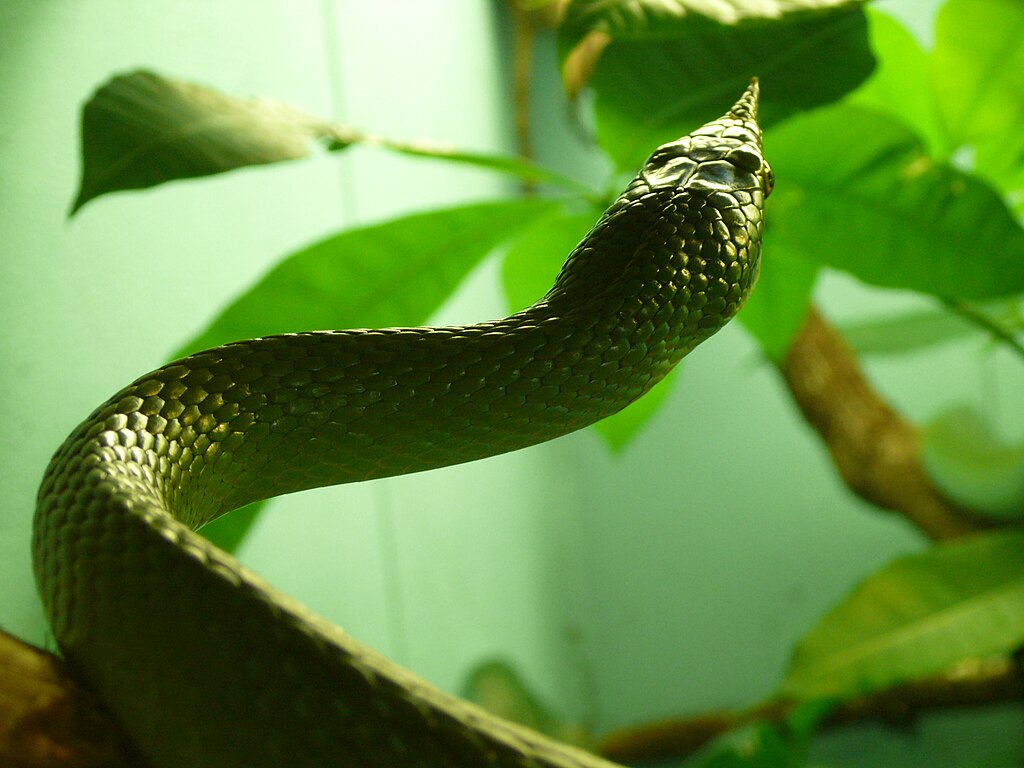
One of the most commonly observed behaviors in glass-enclosed snakes is known as “glass surfing” or “periscoping,” where the reptile repeatedly slides along the transparent barrier, often pressing its snout against the surface. This behavior typically indicates the snake doesn’t recognize glass as a solid barrier, creating confusion as its visual system perceives open space while its body encounters an invisible obstacle. The phenomenon can be particularly stressful for active species like corn snakes, king snakes, and many colubrids that naturally cover significant territory in the wild. Persistent glass surfing may lead to snout abrasions, increased stress hormones, and in severe cases, refusal to eat or engage in normal behaviors. Keepers often observe this behavior intensifying during periods when the snake would naturally be most active, suggesting it represents a thwarted attempt to follow instinctual movement patterns.
Stress Responses in Glass Enclosures

Snake stress in glass environments manifests through various observable behaviors and physiological responses. Beyond glass surfing, stressed snakes may demonstrate excessive hiding, irregular shedding patterns, defensive posturing, or decreased appetite. The constant exposure to outside movement—keepers walking by, household pets, or even shadows—can trigger defensive responses in species that rely on camouflage and secretive behavior in the wild. Research has shown that cortisol levels (a primary stress hormone) may be elevated in snakes that cannot escape from visual stimuli. Particularly sensitive species like ball pythons may refuse food for extended periods when kept in high-traffic areas with glass enclosures, as they perceive constant predation threat from movement outside their habitat. These stress responses can compound over time, potentially compromising the snake’s immune system and overall health.
Thermal Regulation Challenges
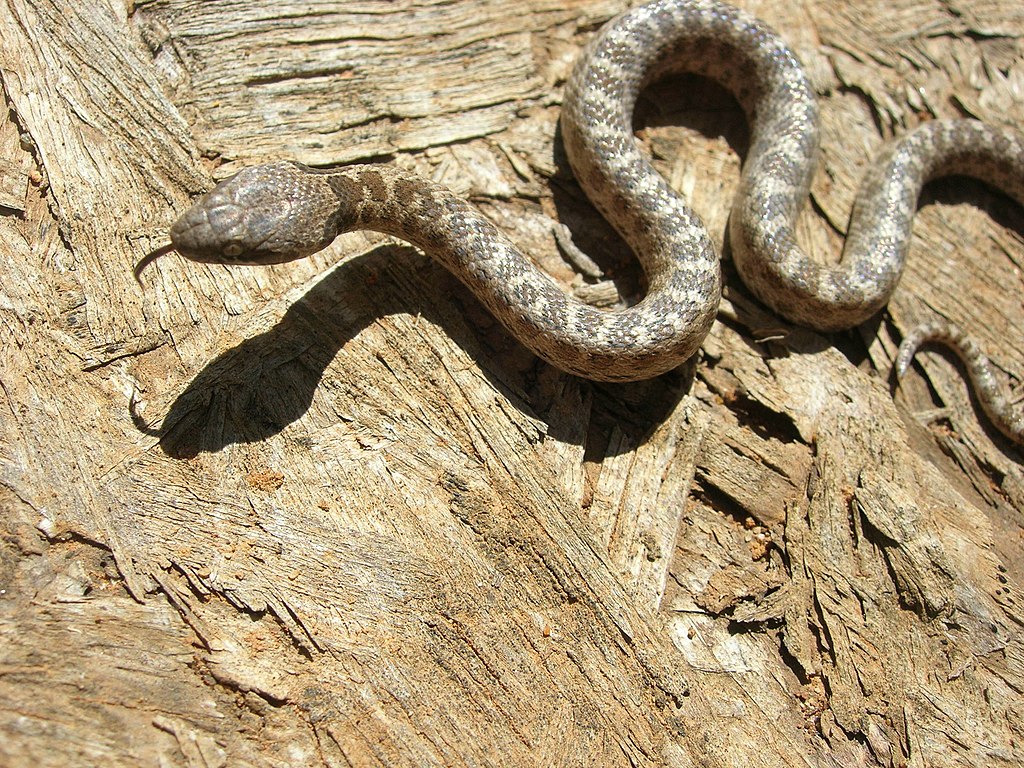
Glass enclosures present unique thermal regulation challenges that directly affect snake behavior. As ectothermic animals, snakes rely entirely on environmental temperatures to regulate their bodily functions, making proper thermal gradients essential for their health. Glass conducts heat poorly and often creates uneven temperature zones, which may cause snakes to spend excessive time seeking appropriate basking spots rather than engaging in normal behaviors. Many keepers observe their snakes concentrating in corners or against the glass where heat lamps create hotspots, rather than utilizing the entire enclosure space. This unnatural thermal clustering can lead to stress, incomplete digestion, and irregular activity patterns. In extreme cases, poorly managed glass enclosures may cause respiratory infections if condensation builds up, creating humidity imbalances that affect the snake’s respiratory system.
Feeding Responses in Transparent Environments
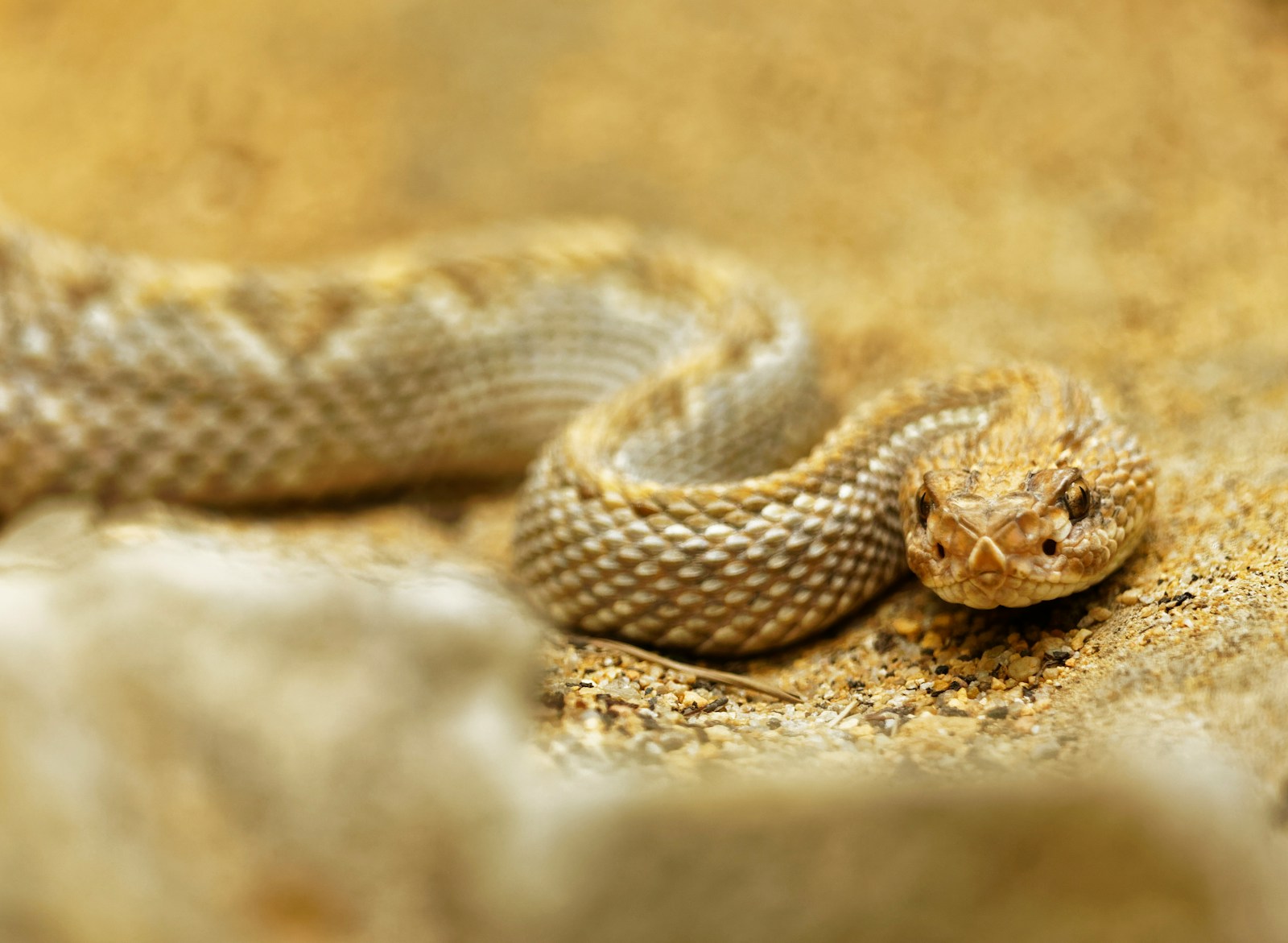
Feeding behaviors often differ dramatically between glass and open-air enclosures, reflecting how transparency affects a snake’s hunting instincts. In glass environments, some snakes exhibit hesitation or reluctance during feeding time, particularly species that rely heavily on ambush hunting tactics in the wild. The lack of clear boundaries can confuse prey detection systems, especially for species with specialized infrared-sensing pits that detect prey through heat signatures. Keepers frequently report that certain species, particularly ball pythons and boa constrictors, strike more confidently at prey when moved to temporary, opaque feeding containers. This behavioral difference suggests that the visual exposure of glass enclosures may interfere with the snake’s natural predatory sequence, which typically involves secrecy and surprise. For sensitive feeders, this interference can result in refused meals and subsequent health complications from inadequate nutrition.
Security and the Open-Air Experience

Open-air enclosures, typically constructed with solid walls and a mesh or partially open top, create fundamentally different sensory experiences for captive snakes. Many species demonstrate reduced stress behaviors in these environments because the solid boundaries more closely mimic natural habitat edges like burrow walls, rock crevices, or dense vegetation. Arboreal species like green tree pythons and emerald tree boas often display more natural posturing and movement patterns in open-air setups that allow for vertical space utilization. The reduced visual exposure from most angles provides a greater sense of security, particularly for naturally secretive species that would rarely expose themselves in the wild. Keepers frequently observe more consistent feeding responses, more natural hunting behaviors, and better utilization of the entire enclosure space when snakes are housed in environments with limited transparency.
Behavioral Enrichment Differences

The enclosure type significantly influences how snakes interact with enrichment items and habitat features. In open-air enclosures, many species display more exploratory behaviors, actively investigating climbing structures, hiding spots, and substrate variations. This increased engagement often results from the reduced visual stimulation and greater sense of security these environments provide. Keepers report that fossorial (burrowing) species like sand boas and children’s pythons will more readily create tunnel systems in the substrate of open-air enclosures compared to glass tanks where they may feel perpetually exposed. Similarly, arboreal species typically demonstrate more natural movement patterns, utilizing more of the available climbing structures in enclosures where they don’t experience the confusion of transparent boundaries. These enrichment interactions are crucial for psychological well-being, providing necessary physical exercise and cognitive stimulation that prevents stereotypic behaviors.
Species-Specific Reactions
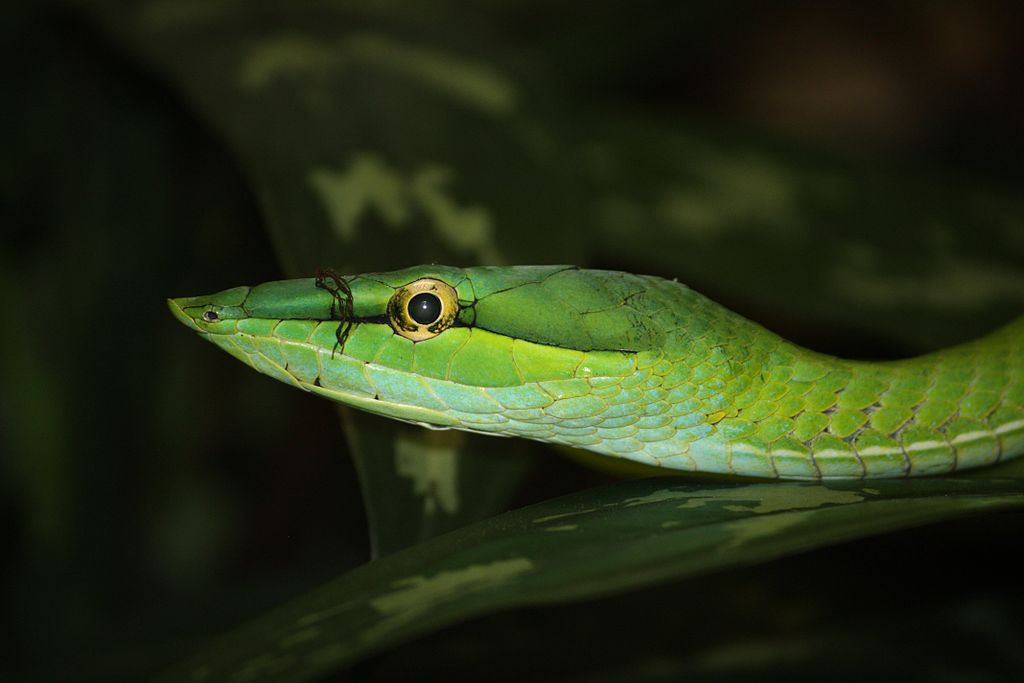
Not all snake species respond identically to different enclosure types, with reactions varying based on natural history and individual temperament. Highly visual hunters like rat snakes often adapt more readily to glass environments, possibly because they rely more heavily on sight for navigation than other species. Conversely, fossorial species like rosy boas and Kenyan sand boas typically show marked preference for enclosures with minimal transparency, reflecting their natural tendency to spend most time underground or hidden. Ball pythons, among the most popular pet snakes, frequently demonstrate stress behaviors in fully transparent enclosures but thrive in setups with solid sides and limited visibility. Some heavily arboreal species like Amazon tree boas may actually benefit from partially transparent enclosures that provide height perception, though they still require adequate visual barriers and hiding opportunities. These species-specific considerations highlight the importance of matching enclosure design to the snake’s evolutionary adaptations.
Adapting Glass Enclosures for Better Snake Welfare
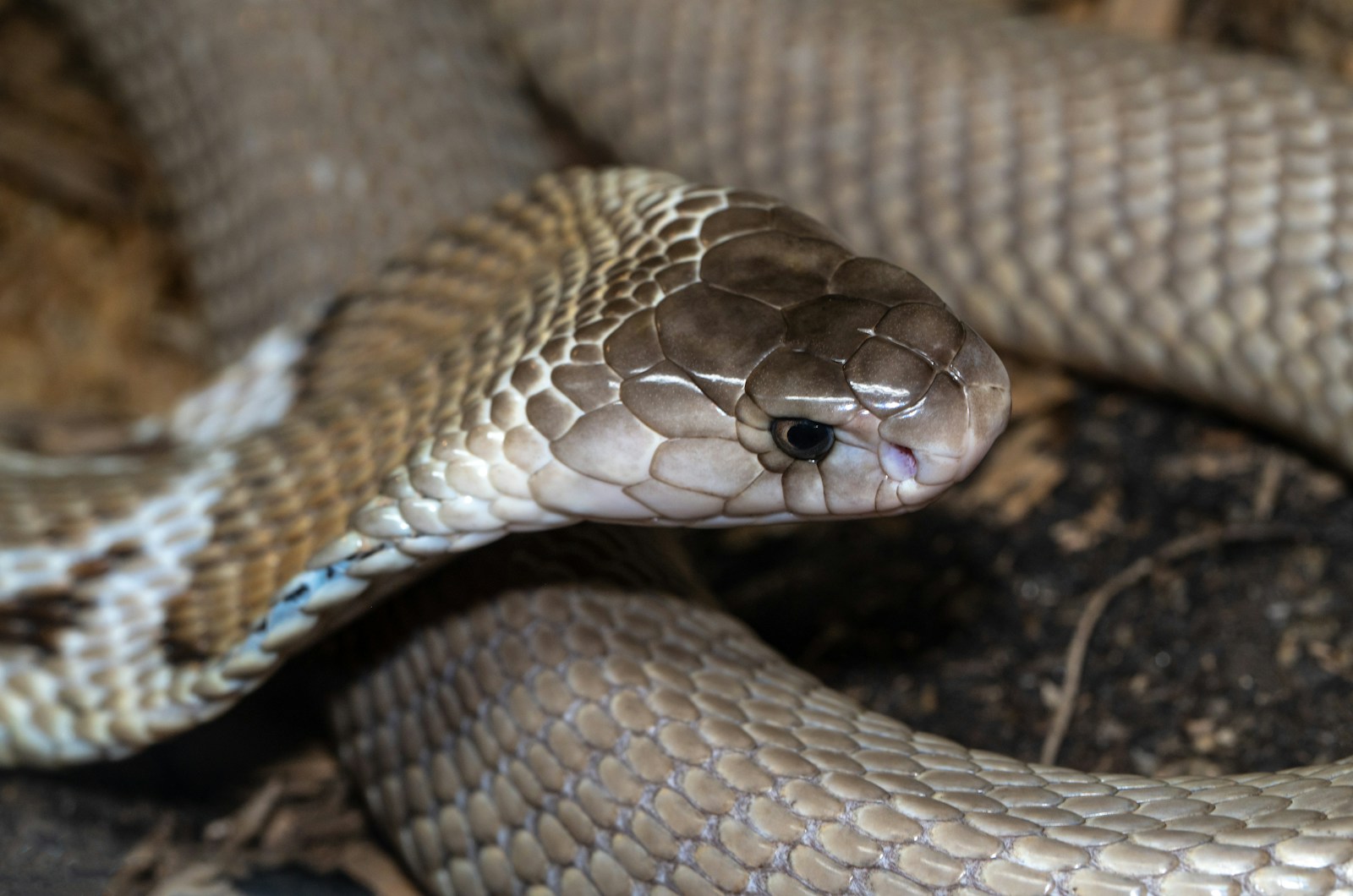
For snake keepers who must use glass terrariums, several modifications can significantly reduce stress and improve the animal’s well-being. Applying opaque backing materials to three sides of the enclosure creates a more secure environment by limiting visual exposure while still allowing observation from one side. Increasing hiding opportunities throughout the habitat helps snakes retreat from perceived threats, with experts recommending at least two hides (one each in warm and cool zones) for proper thermoregulation choices. Strategic placement away from high-traffic areas reduces exposure to constant movement that might trigger defensive responses. Additional modifications like deeper substrates for burrowing species, dense foliage for arboreal species, and textured climbing surfaces can further mitigate the unnatural aspects of glass environments. These adaptations acknowledge the transparent nature of glass while working to accommodate the snake’s natural behavioral needs.
The Benefits of Hybrid Approaches

Many experienced keepers have found success with hybrid enclosure designs that combine elements of both glass and open-air systems. These creative solutions often feature partial glass fronts for viewing and maintenance access, with solid walls forming the remaining boundaries. PVC enclosures with viewing windows represent one popular hybrid option, providing the security of opaque walls with limited transparency for keeper observation. These balanced designs frequently result in more natural behaviors while still allowing for proper monitoring of the animal’s condition. Some advanced setups incorporate sliding panels that can cover viewing areas during times when the snake might benefit from complete visual security, such as after feeding or during shedding periods. The flexibility of these hybrid approaches allows keepers to adjust the environment based on individual snake responses and specific needs during different life stages or seasonal changes.
Scientific Research on Enclosure Impact
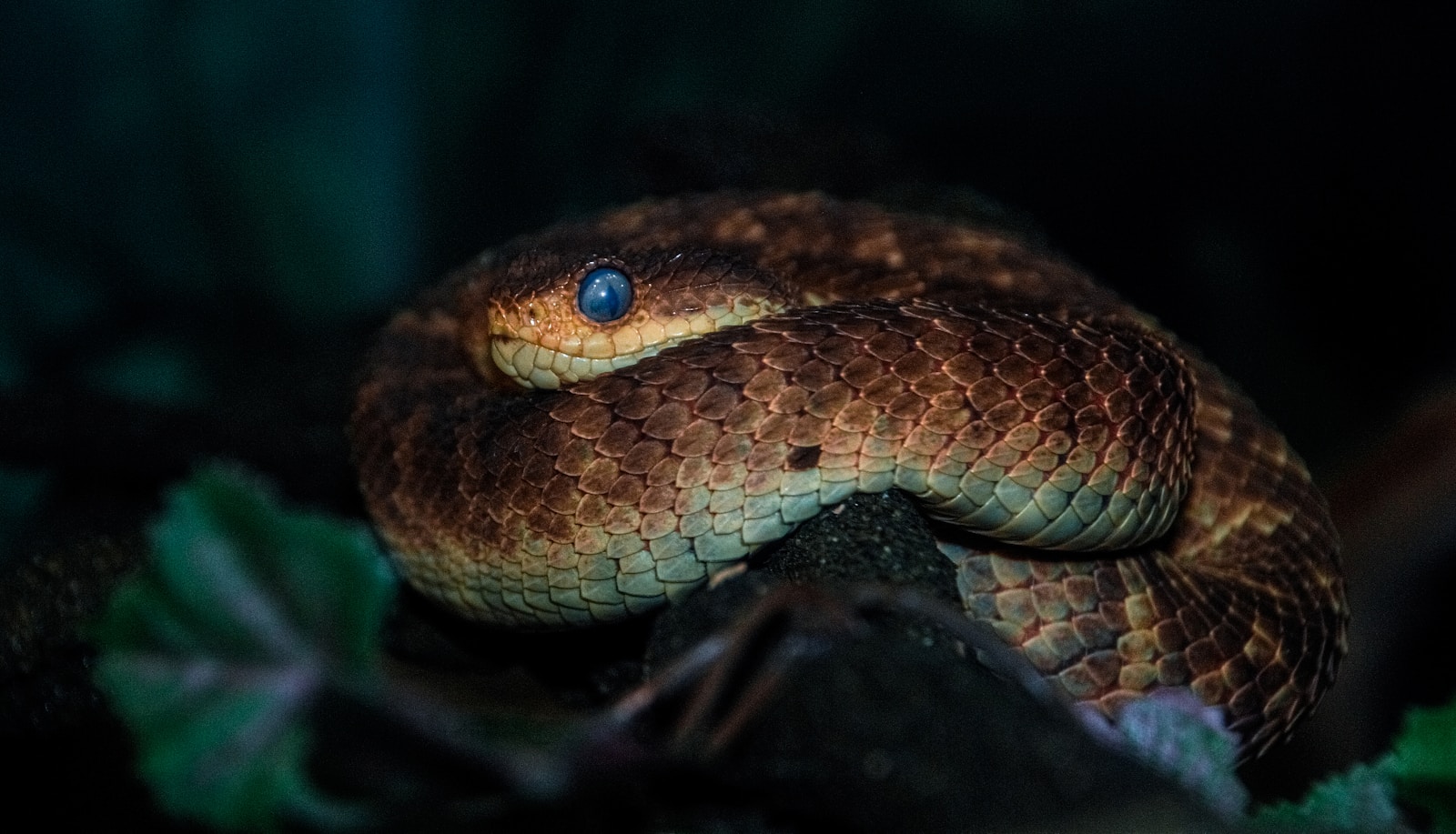
Herpetological research has increasingly focused on quantifying how different enclosure types affect snake behavior and physiology. Studies measuring cortisol levels in fecal samples have demonstrated significantly lower stress hormone concentrations in snakes housed in enclosures with limited visual exposure compared to those in fully transparent environments. Research tracking movement patterns reveals that many species utilize more of their available space in enclosures with opaque boundaries, suggesting greater comfort and security. Thermal imaging studies have documented more natural thermoregulation behaviors in environments that more closely mimic natural habitat structures. While more research is needed, preliminary findings consistently indicate that most snake species benefit from enclosures that incorporate at least some opaque elements. These scientific insights provide valuable guidance for both private keepers and zoological institutions seeking to optimize captive environments.
Breeding Considerations and Enclosure Design

The enclosure type can significantly impact reproductive success in captive snakes, making this an essential consideration for breeding projects. Many breeders report higher success rates when using opaque or partially opaque enclosures for breeding pairs, particularly for species that naturally breed in secretive environments like burrows or dense vegetation. Female snakes often demonstrate better feeding responses during gestation when housed in secure environments with minimal visual exposure, leading to healthier clutches or litters. For egg-laying species, the security of the laying environment directly influences whether females will deposit eggs in appropriate locations rather than retaining them due to stress. Neonates and juvenile snakes frequently show reduced stress responses and better feeding success when initially housed in smaller opaque containers rather than glass tanks, reflecting their heightened vulnerability and corresponding need for security. These reproductive considerations have led most professional breeders to prioritize security over visibility in their breeding operations.
Practical Recommendations for Snake Keepers
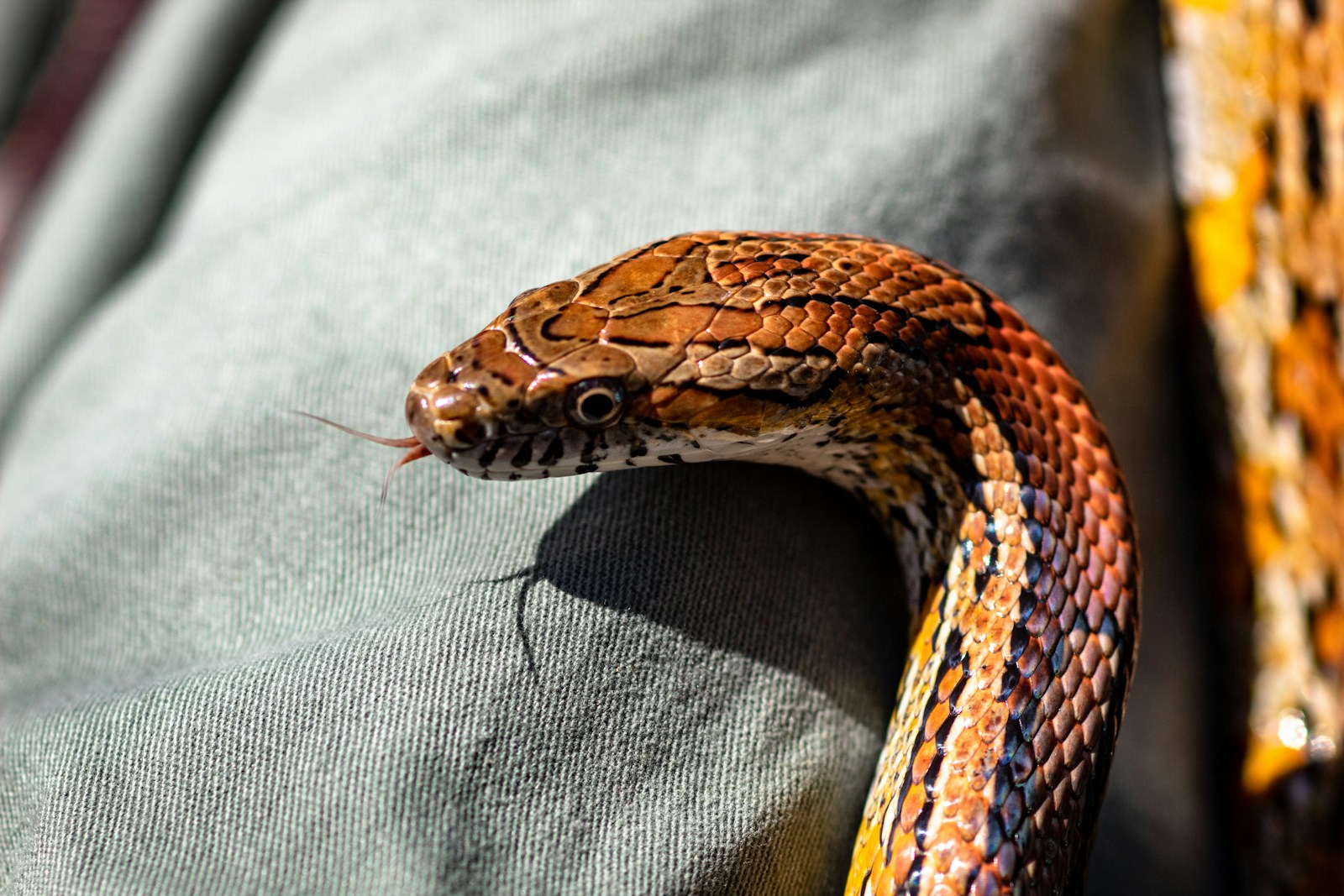
Based on observed behaviors and growing research, several practical recommendations emerge for snake owners choosing between enclosure types. For naturally secretive or stress-prone species like ball pythons, blood pythons, and many boid species, enclosures with solid sides and limited transparency typically produce better outcomes for long-term health. Active hunters and more visual species like corn snakes and king snakes may adapt better to glass environments, though they still benefit from partial coverage and multiple secure hiding areas. When glass enclosures must be used, positioning them against walls (rather than in open room spaces) and providing substantial visual barriers within the habitat can significantly reduce stress behaviors. For any enclosure type, ensuring proper temperature gradients, appropriate humidity levels, and adequate hiding opportunities remains essential for snake welfare. New keepers should prioritize researching the specific natural history of their snake species to determine the most suitable enclosure approach.
The way snakes perceive and interact with their captive environments significantly impacts their health, behavior, and overall quality of life. While glass enclosures offer clear viewing opportunities for keepers, they often create unnatural challenges for species that have evolved with different sensory adaptations and security needs. The optimal solution for most snake species appears to be environments that balance limited transparency with ample security features, acknowledging both the keeper’s need to observe their animal and the snake’s need for appropriate boundaries. By understanding these species-specific reactions to different enclosure types, reptile enthusiasts can create more suitable habitats that promote natural behaviors and reduce unnecessary stress. Ultimately, the most successful snake environments are those designed with the animal’s evolutionary history and instinctual needs as the primary consideration.

